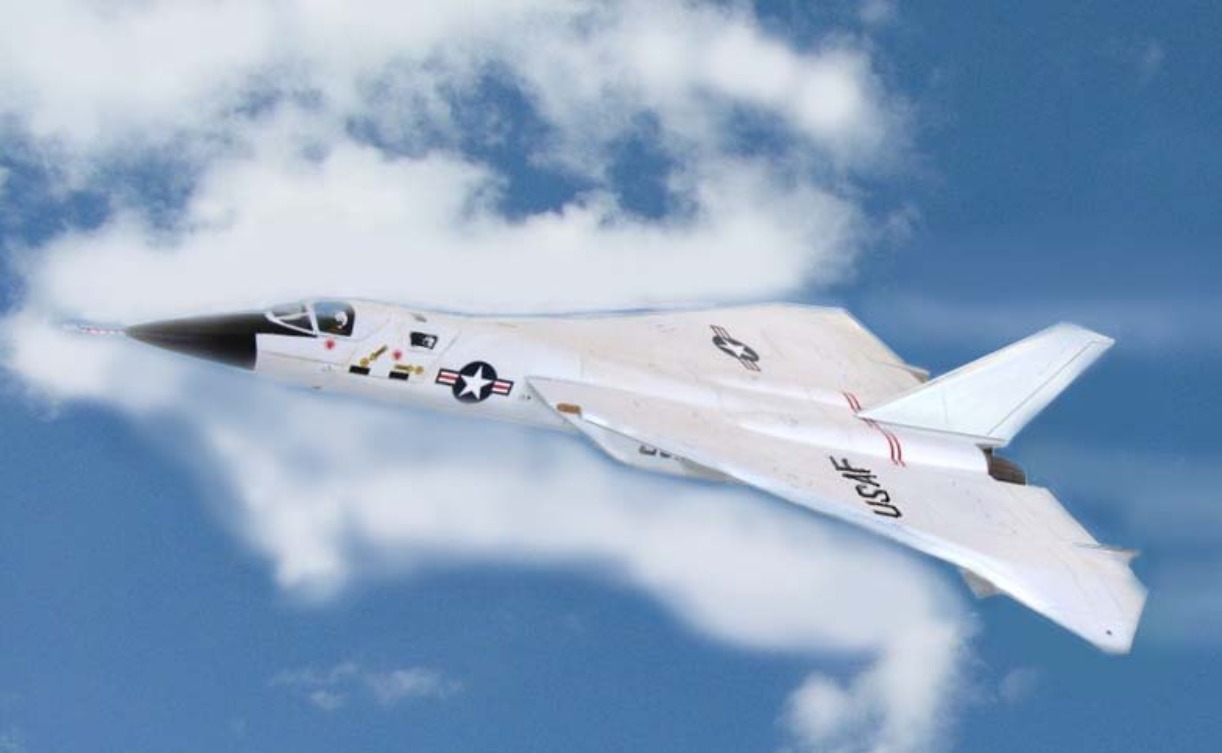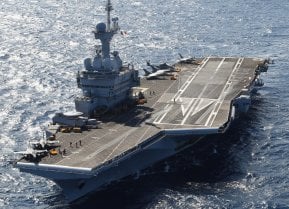XF-108: The Fighter Jet Designed to Attack Russia Bombers in a War
One thing the XF-108 could have been used for would have been serving as a “missile truck” to fire stand-off air-to-ground missiles at North Vietnamese targets
This airplane had a feature that was then considered highly innovative. Load missiles on a newfangled internal rotary launcher to maximize the number of enemy bombers it could take out. The XF-108 Rapier was supposed to be a MACH 3 fighter that would give the Americans the aerial advantage over Soviet bombers during the Cold War in the 1950s.
But then times changed.
ICBMs became the preferred way to deliver nuclear warheads and the Vietnam War would later emerge. XF-108 Rapier was not needed – it never saw the light of day.
What the XF-108 Was Good For
The XF-108 Rapier had many redeeming characteristics.
It was a high-speed long-range interceptor that could eliminate Soviet nuclear-capable bombers, but it never made it past the prototype mock-up phase.
Designed to hit plus 2,000 miles per hour speed with its General Electric J93 afterburning turbojets, it was supposed to launch quickly to protect against a Russian bomb run.
It was also meant to escort the B-70 Valkyrie supersonic bomber. The two-man XF-108 would have deployed a pulse-Doppler advanced radar system plus infrared search and trafficking for target acquisition. The XF-108 would have used a rotary launcher to fire three GAR-9 Falcon missiles that traveled at MACH 6 with a range of 115 miles.
Time to Cancel It
But the cost of the program was going to be too high – roughly $36 billion in today’s dollars.
The Americans over-rated the prowess of the Soviet bomber fleet and the Air Force decided that the Soviet bombers of the late 1950s and early 1960s were not advanced enough to reach the United States.
Plus, ICBMs became the ideal delivery method for nuclear warheads, and fighter interceptors used to protect the country from bomber attacks were not needed. The Air Force discontinued the XF-108 program in 1959.
Russian and North Vietnamese surface-to-air missiles would have endangered the XF-108 because the fighter was not that maneuverable. Although many of its design features were passed along to the A-5 Vigilante. This Vigilante bomber was used successfully in Vietnam.
But The Rapier Would Not Have Been Needed in Vietnam
It was probably the correct decision that the XF-108 got canceled before a prototype was built.
Military planners were so alarmist during the Cold War, that many Soviet threats envisioned were over-rated. Why spend that much money for a fighter that was outdated?
Also, part of the aerial war in Vietnam was going to be fought by B-52s and other fighter bombers. The North Vietnamese air force was not going to use bombers that could endanger American troops, marines, or Air Force personnel. They instead used Russian fighter interceptors such as the MiG-15, MiG-17, and MiG-21s.
An Alternative Mission?
One thing the XF-108 could have been used for would have been serving as a “missile truck” to fire stand-off air-to-ground missiles at North Vietnamese targets. This tactic could have made great use of the rotary launcher. But the fight in Vietnam revolved around the helicopter with Air Force fighters providing close air support.

And air-to-ground missile efforts such as the “Wild Weasel” operation were more focused on taking out the radars of the highly-damaging enemy SA-2 SAM batteries. The XF-108 really would have had no obvious role in the future Vietnam War.
Brent M. Eastwood, PhD, is the author of Humans, Machines, and Data: Future Trends in Warfare. He is an Emerging Threats expert and former U.S. Army Infantry officer.
All images are Creative Commons.


